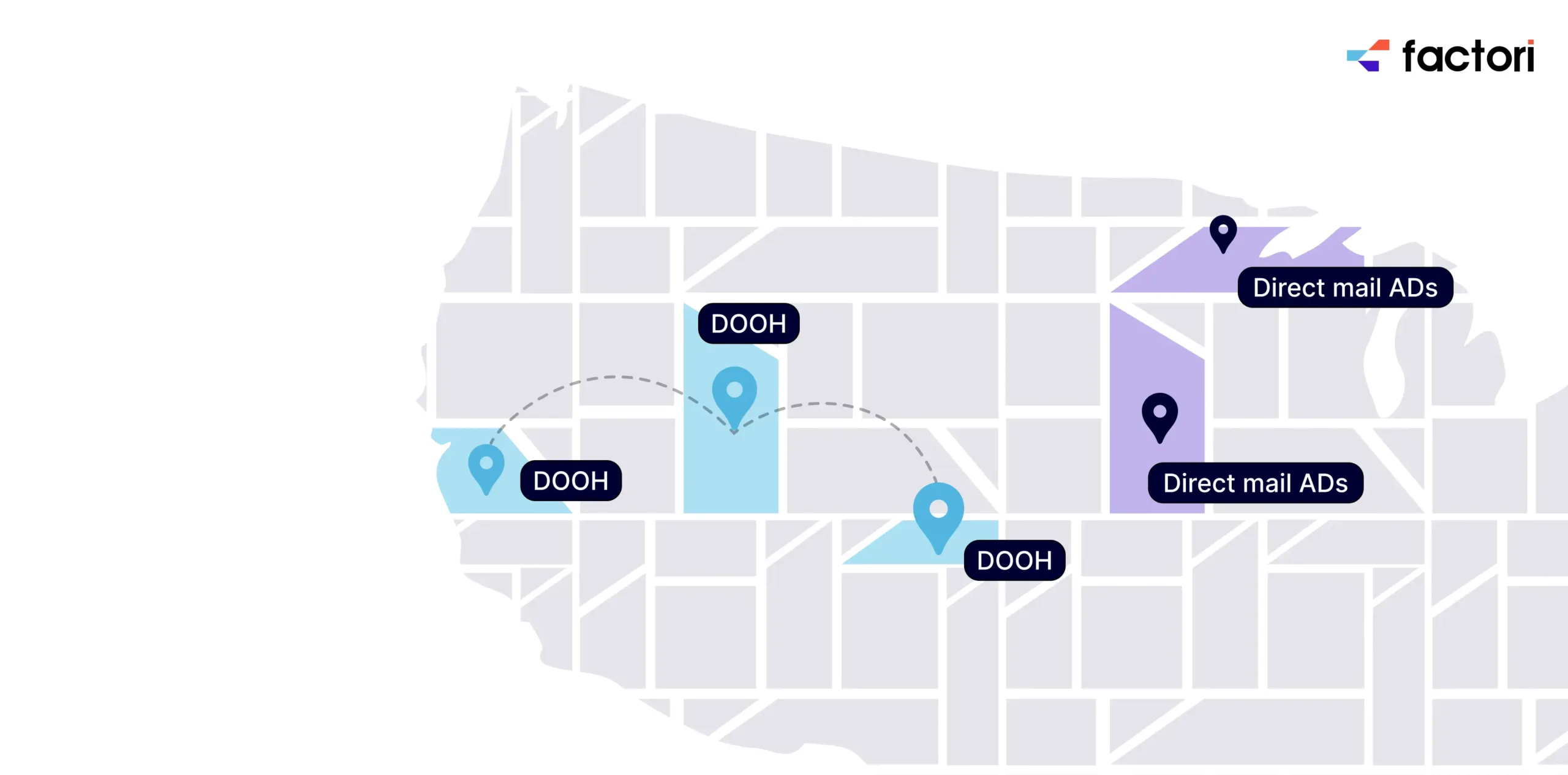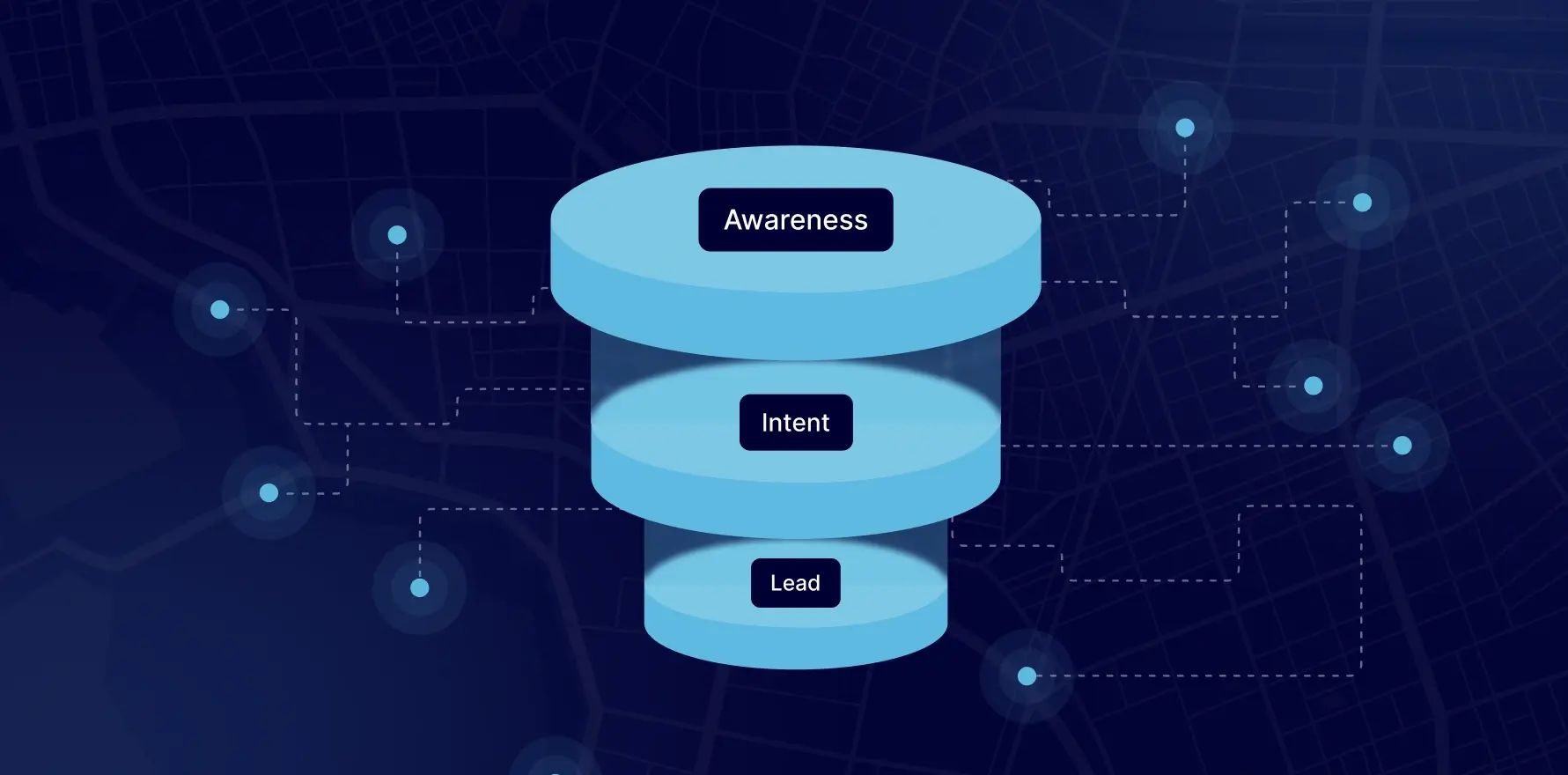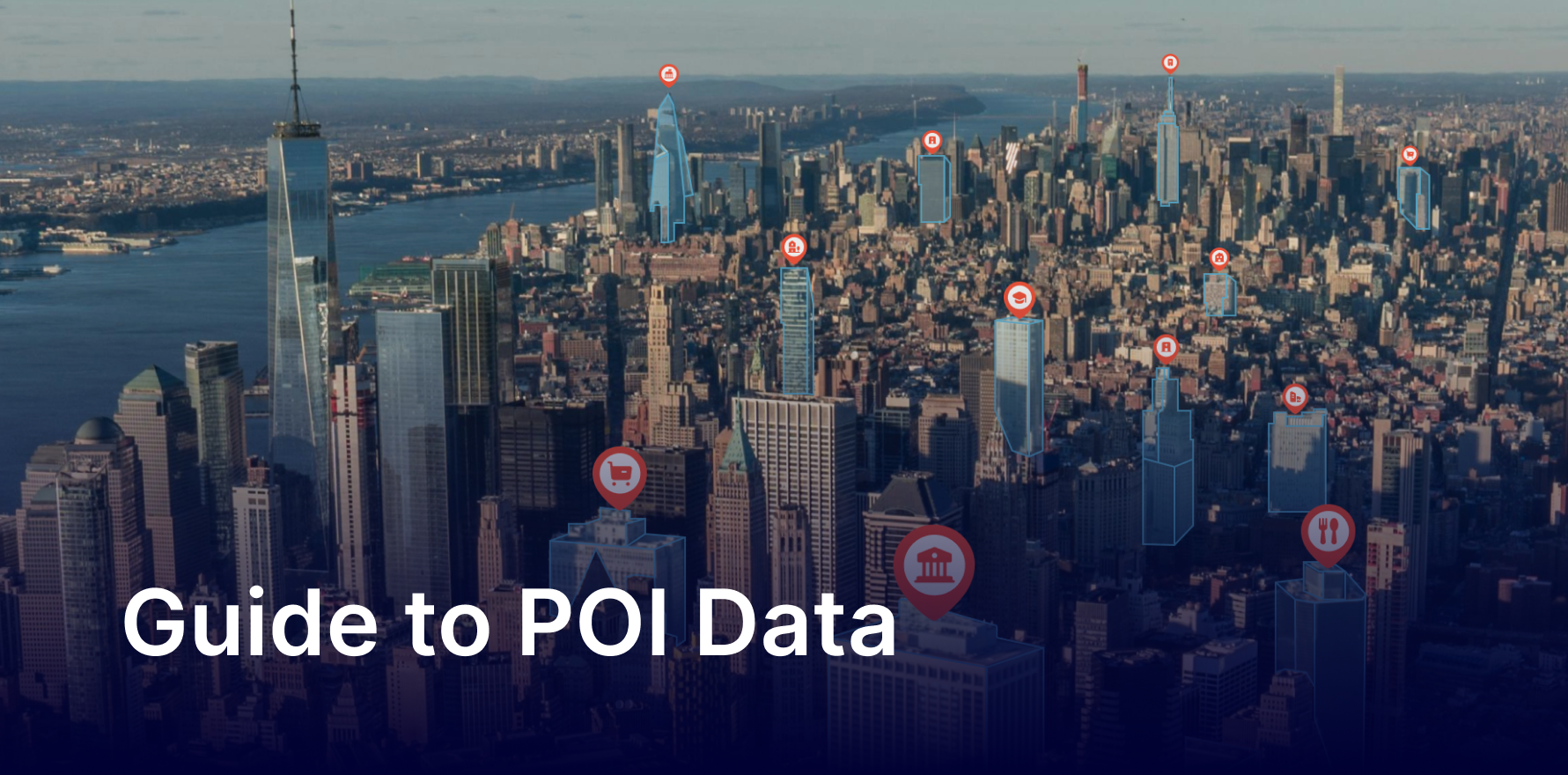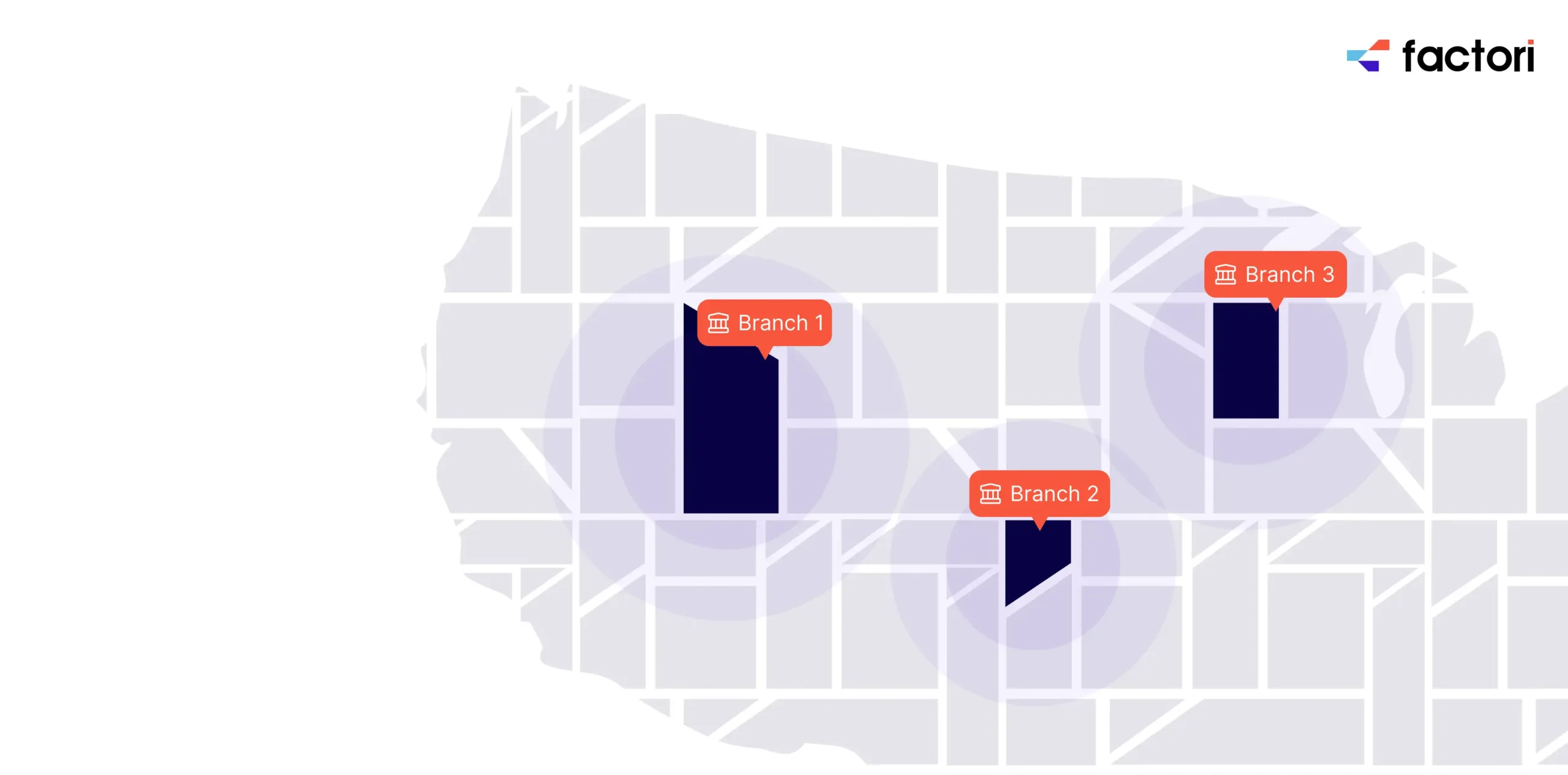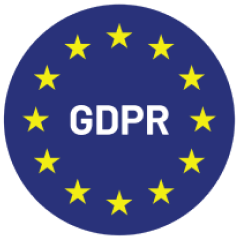In today’s competitive landscape, businesses are increasingly turning to location intelligence to enhance their advertising and marketing efforts. By harnessing the power of geolocation data, companies can gain valuable insights into consumer behavior, optimize their marketing campaigns, and deliver highly targeted and personalized content.
This innovative approach not only improves engagement and conversion rates but also provides a strategic edge over competitors. In this blog, we will delve into the top 5 reasons to use location intelligence in advertising and marketing, supported by compelling statistics and real-world examples. Whether you’re a local business or a global enterprise, leveraging location intelligence can transform your marketing strategies and drive substantial growth.
1. Enhance Ad Placement Strategies
- Foot Traffic Analysis: Marketers can use foot traffic data to identify where their target audience lives or commutes. This information helps optimize ad placements by focusing on areas that attract specific segments, leading to higher engagement and conversion rates.
- Competitor Insights: Location analytics can identify the trade areas of competitors’ venues, revealing new advertising opportunities and helping marketers focus their campaigns on high-intent audiences.
2. Improve Audience Segmentation
- Demographic and Psychographic Insights: Layering demographic and psychographic datasets onto foot traffic data provides visibility into the characteristics of people in a given trade area. This data allows for better audience segmentation, leading to more effective marketing and advertising.
- Targeted Campaigns: Advertisers can adapt their campaigns to an evolving consumer landscape by identifying relevant consumer profiles, preferences, spending habits, and social media behavior.
3. Optimize Offline Advertising
- DOOH Campaigns: Digital out-of-home (DOOH) marketing focuses on digital screens, including billboards or ads in bus stops, building lobbies, and elevators. Foot traffic data provides insights into visit times, revealing the hourly and daily variance of visits.
- Timing Adjustments: Advertisers can use foot traffic data to pinpoint when a key demographic is most likely to pass by an ad and adjust time slots accordingly to maximize reach.
- Example: A company seeking to reach its target audience analyzed hourly impressions for two road intersections in Denver, CO. They found visits peaked at 7:30 AM and again between 4 and 5 PM. To maximize reach while cutting costs, the company ran ads during peak times, minimizing expenditures while maximizing reach.
4. Boost Direct Mail Efficiency
- Precise Targeting: Direct mail marketing (DMM) is still popular and effective, but its success hinges on mail reaching the correct mailboxes. Location data allows advertisers to map specific zip codes and hone their messaging to resonate with the intended demographics.
- Reduce Waste: These tools help eliminate distribution waste by identifying and avoiding neighborhoods least receptive to a product.
5. Increase Customer Loyalty and Retention
- Loyalty Insights: Customer loyalty contributes substantially to revenue growth, and maintaining good relationships with existing customers is essential. Foot traffic data helps advertisers identify where casual and loyal customers come from and hone messaging to those segments accordingly.
- Measure Loyalty: One way to measure customer loyalty is to examine the change in trade areas over time, showing where customers have increased or reduced the frequency of their visits. Campaigns can target once-loyal customers with promotions and deals to increase their visit frequency.
In the realm of advertising and marketing, location intelligence provides a strategic advantage by enabling enhanced targeting, real-time campaign optimization, personalized marketing, insightful customer behavior analysis, and competitive intelligence.
By leveraging these capabilities, businesses can create more effective marketing strategies, improve customer engagement, and ultimately drive higher sales and growth. Integrating location intelligence into your marketing efforts can significantly boost your ROI and ensure your campaigns are relevant, timely, and impactful.
Learn more about how Location Intelligence can help solve your business applications
You may also like

